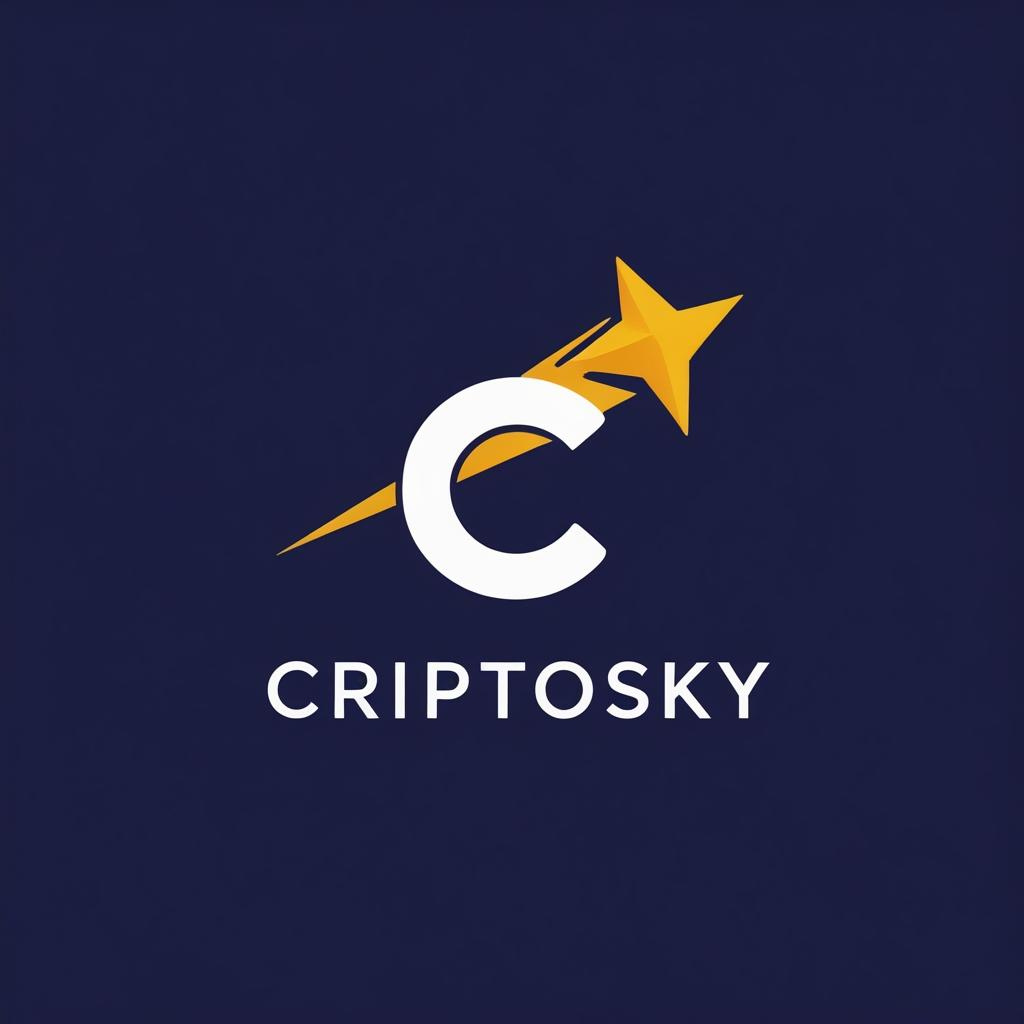The Ultimate Guide to XRP
An interactive deep dive into the digital asset for global payments. Explore its technology, history, and future potential.
Transaction Speed
3-5 Seconds
Transaction Cost
~0.0002 USD
Transactions Per Second
1,500+
Energy Efficiency
Eco-Friendly
Understanding the Ripple Ecosystem
One of the most common points of confusion is the relationship between XRP, the XRP Ledger, and Ripple. This section clarifies the distinct roles of each component. Think of it as a system with different parts working together: the technology, the digital asset, and the company leveraging them.
XRP
The digital asset itself. It's the utility token used to facilitate fast, low-cost cross-border payments on the ledger.
XRP Ledger (XRPL)
The decentralized, open-source blockchain technology. It's the fast and efficient public "road system" that XRP runs on.
Ripple
The U.S. technology company that uses the XRPL and XRP in its products to help banks and financial institutions.
XRP vs. The Competition
To understand XRP's value, it's helpful to see how its performance metrics stack up against other major cryptocurrencies. This chart visualizes the stark differences in transaction speed and cost. Interact with the chart by hovering over the bars for precise data.
The XRP Ledger: Built for Performance
The XRP Ledger (XRPL) was specifically designed for payments, setting it apart from other blockchains. Its unique consensus mechanism avoids the slow, energy-intensive "mining" process used by Bitcoin. This section explains how it achieves its remarkable speed and efficiency.
How It Works: The Consensus Protocol
Instead of mining, the XRPL uses a network of independent servers called **validators**. These validators constantly compare proposed transactions. For a transaction to be confirmed, a supermajority (over 80%) of validators must agree on its validity. This entire process takes only 3-5 seconds, enabling near-instantaneous settlement.
An Interactive History of XRP
The journey of XRP began even before the company Ripple was formed. This interactive timeline highlights the key milestones in its development. Click on a year to reveal the significant events that shaped the XRP ecosystem as we know it today.
The Landmark Legal Battle: SEC vs. Ripple
In December 2020, the U.S. SEC filed a lawsuit against Ripple, alleging that XRP was an unregistered security. This case cast a long shadow over the project for years. This section breaks down the key rulings and the final resolution, which provided critical legal clarity for XRP in the United States.
The Core Allegation
The SEC claimed that Ripple's sales of XRP constituted an illegal securities offering, creating significant regulatory uncertainty for the entire crypto industry.
The Landmark Ruling (July 2023)
Judge Analisa Torres delivered a pivotal summary judgment. The court ruled that XRP sold to the public on exchanges was NOT a security. However, direct institutional sales by Ripple were considered security contracts.
Final Resolution (2024)
The lawsuit concluded with a settlement where Ripple paid a fine and agreed not to sell XRP to institutional investors in the U.S. This outcome removed the regulatory overhang and was largely seen as a victory for Ripple and the XRP community.
XRP Tokenomics: A Fixed & Deflationary Supply
Understanding the supply mechanics of XRP is key to understanding its value proposition. Unlike many other cryptocurrencies, XRP was "pre-mined," meaning all 100 billion tokens were created at its inception. This section explores the total supply, Ripple's escrow system, and the unique deflationary mechanism. Hover over the chart to see the distribution details.
Key Supply Features
-
✓
Fixed Supply: A total of 100 billion XRP were created. No new tokens can ever be mined or minted.
-
✓
Predictable Release: To ensure market stability, Ripple placed a majority of its holdings in a cryptographically-secured escrow, releasing a portion monthly.
-
✓
Deflationary by Design: The small fee for every XRP transaction is burned and destroyed forever. This means the total supply of XRP is constantly decreasing over time.
Real-World Utility: The Bridge Currency
XRP was designed to solve a very specific, multi-trillion-dollar problem: slow and expensive cross-border payments. Its primary use case is to act as a "bridge currency," enabling instant liquidity and settlement for international transactions. This interactive diagram illustrates how it works.
The On-Demand Liquidity (ODL) Flow
Bank in USA
Converts USD to XRP
XRP Ledger
XRP sent in 3-5 seconds
Exchange in Mexico
Converts XRP to MXN
This entire process bypasses the traditional, slow correspondent banking system, saving both time and money. Ripple has partnerships with hundreds of financial institutions globally that leverage this technology.
A Balanced View: Advantages & Criticisms
No technology is perfect, and a comprehensive understanding requires looking at both sides. XRP has significant strengths that make it a powerful tool for finance, but it also faces valid criticisms, particularly regarding decentralization. This section provides a balanced overview of the main arguments.
Advantages
- ✓Speed and Efficiency: Unmatched transaction speed (3-5s) and extremely low fees.
- ✓Real-World Utility: A clear, established use case in cross-border payments with hundreds of partners.
- ✓Regulatory Clarity: The SEC case resolution provides a level of legal certainty in the U.S. that few other cryptos have.
- ✓Scalability & Eco-Friendly: Can handle enterprise-level volume and is highly energy-efficient.
Criticisms
- ✗Centralization Concerns: Ripple's large XRP holdings and historical influence lead to debates about its level of decentralization compared to Bitcoin.
- ✗Pre-Mined Supply: The fact that all tokens were created at once and a large portion was gifted to a private company is a point of contention for crypto purists.
